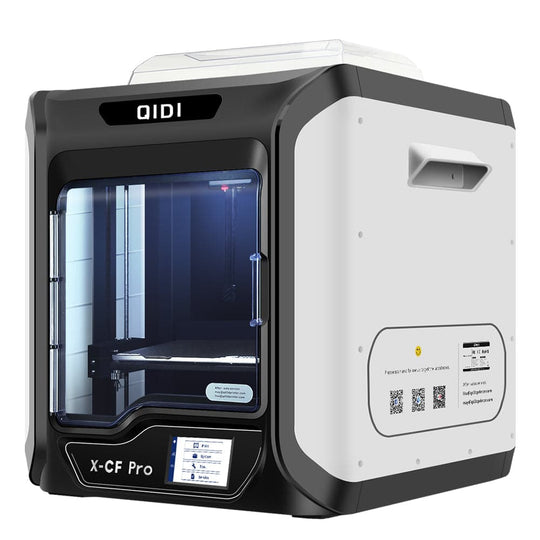In the realm of 3D printing, Fused Deposition Modeling (FDM) printers have emerged as a versatile and accessible technology. The question often arises: "Exploring the Versatility of FDM Printers: Which Materials Can They Handle?" This article delves into the diverse array of materials that FDM printers can work with, offering insights into their properties and applications.

PLA: The Beginner's Choice
Polylactic Acid (PLA) is one of the most commonly used materials in FDM printing. Derived from renewable resources like corn starch, PLA is biodegradable and environmentally friendly. Its ease of use makes it a favorite among beginners. PLA prints at relatively low temperatures (around 180-220°C) and does not require a heated bed, making it ideal for hobbyists and educational purposes. However, its lower heat resistance limits its use in high-temperature applications.
ABS: Durability and Strength
Acrylonitrile Butadiene Styrene (ABS) is another popular material for FDM printers. Known for its toughness and impact resistance, ABS is widely used in automotive parts, toys, and electronic housings. It prints at higher temperatures (around 220-250°C) and requires a heated bed to prevent warping. While ABS offers greater durability than PLA, it emits fumes during printing, necessitating proper ventilation.
Exploring the Versatility of FDM Printers: Which Materials Can They Handle?
Beyond PLA and ABS, FDM printers can handle a variety of specialized materials, each catering to specific needs. Let's explore some of these materials:
TPU: Flexibility and Elasticity
Thermoplastic Polyurethane (TPU) is a flexible material known for its elasticity and durability. It is commonly used for producing items like phone cases, shoe soles, and gaskets. TPU prints at temperatures between 210-230°C and requires a slower print speed to ensure proper extrusion. Its flexibility makes it ideal for applications requiring bendable and resilient parts.
PETG: Strength and Transparency
Polyethylene Terephthalate Glycol (PETG) combines the best properties of PLA and ABS. It offers excellent strength, durability, and chemical resistance while being easier to print than ABS. PETG prints at temperatures around 220-250°C and is known for its transparency, making it suitable for producing clear and sturdy parts like bottles and protective covers.
Nylon: High Performance
Nylon is a high-performance material known for its strength, flexibility, and abrasion resistance. It is used in applications requiring durable and wear-resistant parts, such as gears, bearings, and mechanical components. Nylon prints at temperatures between 240-260°C and often requires a heated bed and an enclosure to prevent warping. Its versatility makes it a valuable material for industrial and engineering applications.
Composite Filaments: Enhanced Properties
Composite filaments are materials infused with additives like carbon fiber, wood, or metal particles. These filaments offer enhanced properties, such as increased strength, unique textures, or metallic finishes. For example, carbon fiber-infused filaments provide exceptional rigidity and lightweight characteristics, making them suitable for aerospace and automotive parts. Wood-infused filaments create a wood-like appearance and feel, perfect for artistic and decorative projects.
Conclusion
Exploring the versatility of FDM printers reveals a wide range of materials they can handle, each with unique properties and applications. From the beginner-friendly PLA to the high-performance Nylon and innovative composite filaments, FDM printers offer endless possibilities for creators and engineers alike. Understanding the characteristics of these materials allows users to select the right filament for their specific needs, unlocking the full potential of FDM printing technology.
As the field of 3D printing continues to evolve, the development of new materials will further expand the capabilities of FDM printers, making them an indispensable tool in various industries. Whether you're a hobbyist, educator, or professional, the versatility of FDM printers ensures that you can bring your ideas to life with precision and creativity.




